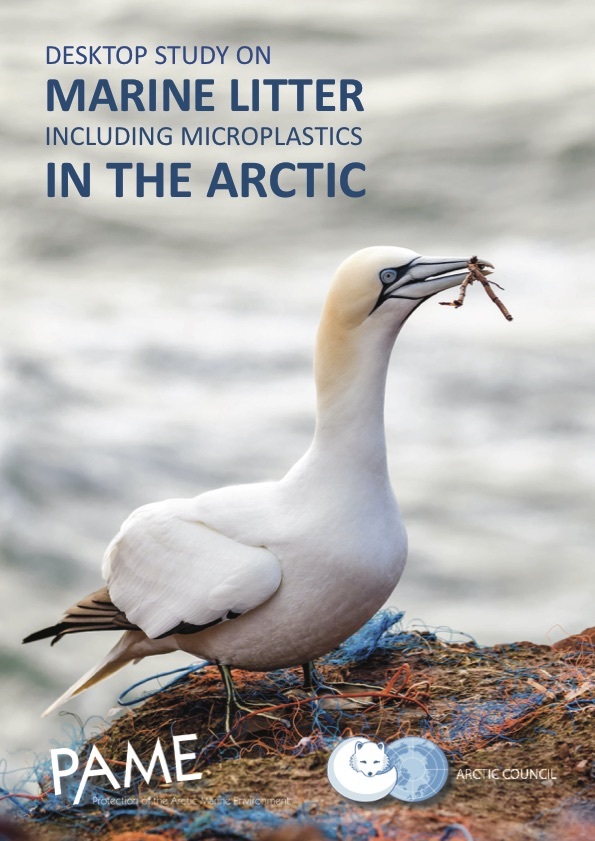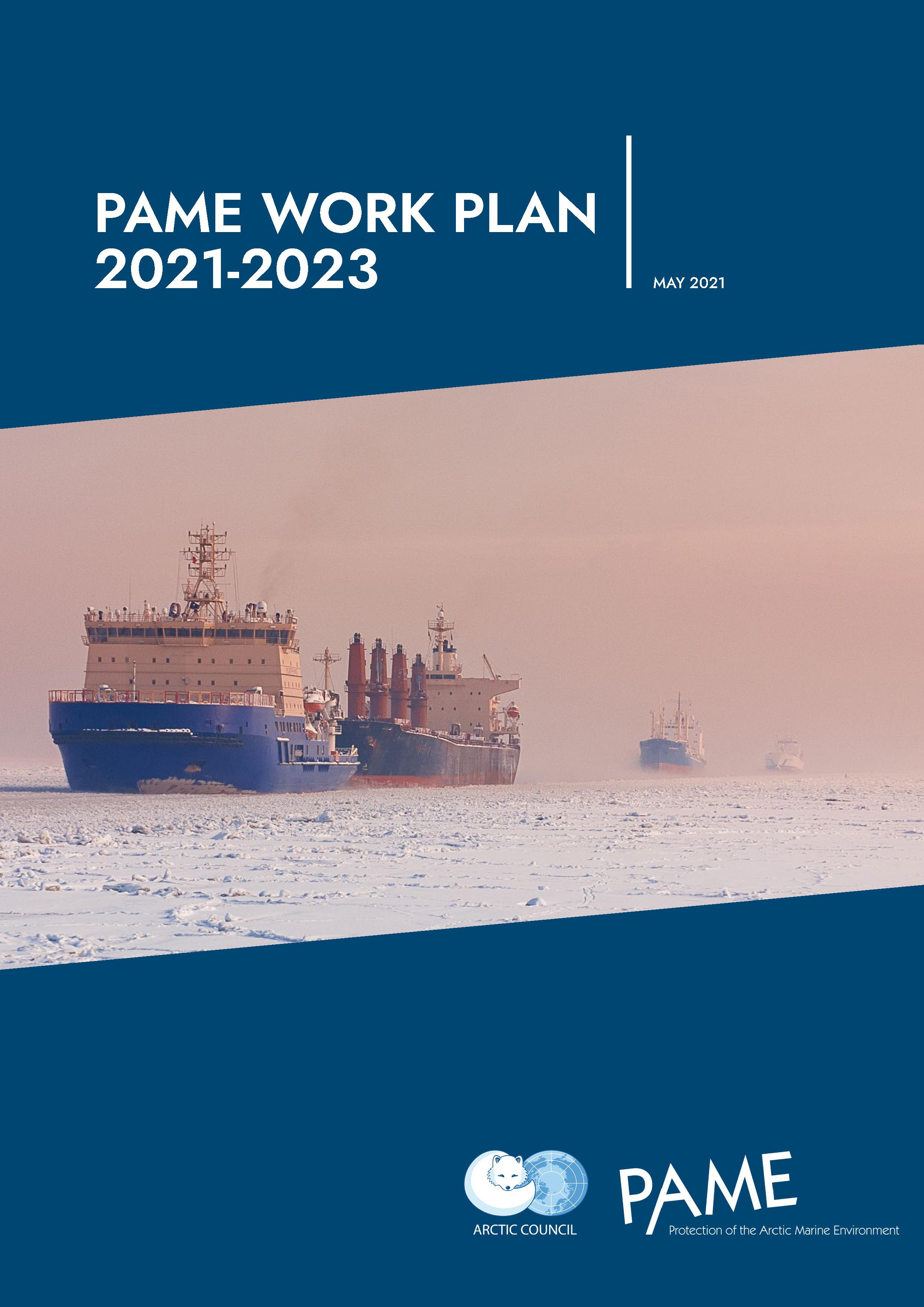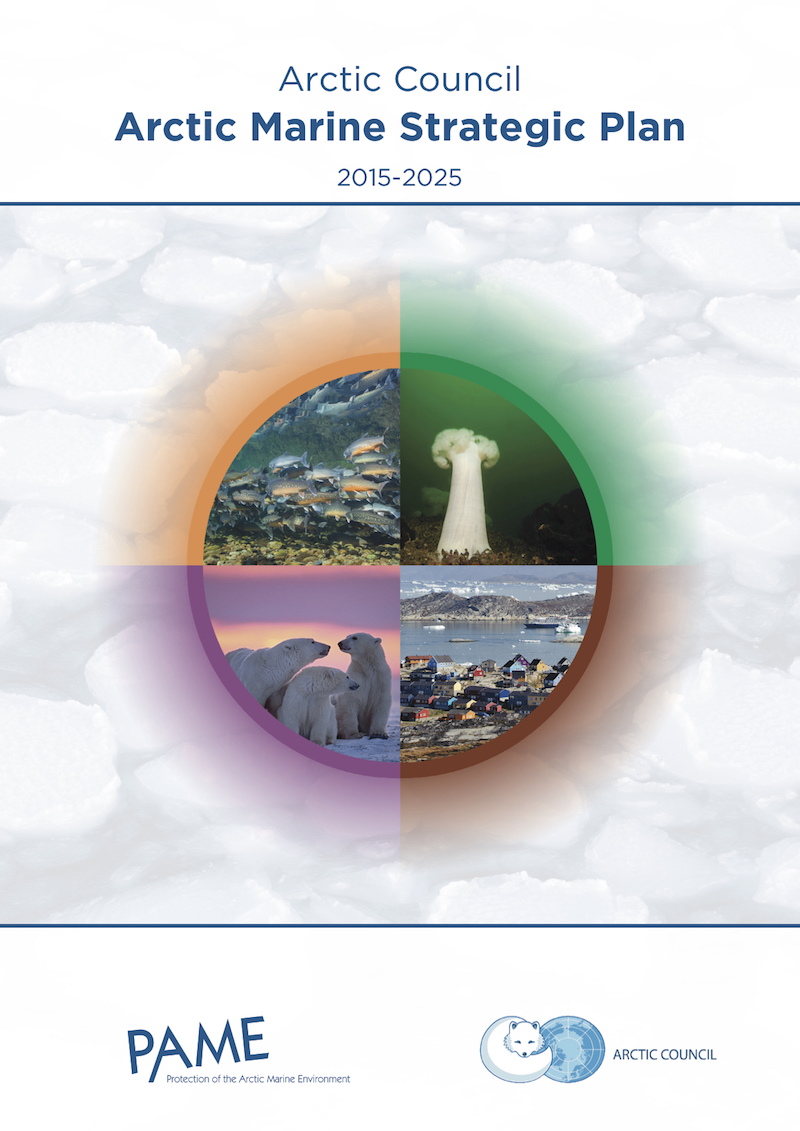The problem of global plastic pollution is one of the most visible, and well documented, environmental changes of recent decades. The Arctic region is opening up to increasing commercial activity as sea ice melts, and will become increasingly influenced due to the detrimental effects caused by the trillions of pieces of plastic floating in our world’s oceans today.
Microplastics (< five mm in diameter) can flow directly to the environment undisturbed by waste water treatment plants from applications in cosmetics, for example, or can result from eventual fragmentation of larger plastics. By nature of their small size and ubiquitous presence across different ecosystems, microplastics are available for ingestion by all trophic levels, thus the potential for detrimental effects is substantial. Plastics can transport invasive species and pollutants over long distances, both of which could act as further stressors in the Arctic under climate warming scenarios. Plastic ingestion can disrupt functions of invertebrates, and can transfer a chemical burden to organisms. Population effects of plastic ingestion are largely unknown.
Here we collate and summarise accounts of microplastic pollution in the Arctic. Very little information exists about microplastic pollution in the Arctic. This review found no records for surface trawls in the Arctic, sediment microplastic loads or coastal shore pollution. The only quantitative records that exist are biological records and sea ice records. Microplastic encounters by Arctic animals exist for seven species, of which four are seabirds, two cetaceans and one shark species. From comparative studies with northern fulmars, plastic pollution levels in the European Arctic are higher than expected when compared to lower latitudes, most likely because of water currents. Levels of plastic in sea ice are higher than in the most polluted of oceanic gyres (38 to 234 pieces per m3), and warn of a legacy of plastic that will be released as sea ice melts.
The many gaps in our knowledge of microplastic pollution in the Arctic require further studies. Nevertheless, a lack of information in the region should not be considered as a lack of a problem, and should not hold back any action intending to reduce marine litter in the region.
 This is a collection of submissions on marine litter literature of relevance to the Arctic based on a dedicated submission form sent out to Arctic Council members and experts in Fall 2017. This was in support of the development of the Desktop Study on Marine Litter, including Microplastics in the Arctic (May 2019) with the aim to:
This is a collection of submissions on marine litter literature of relevance to the Arctic based on a dedicated submission form sent out to Arctic Council members and experts in Fall 2017. This was in support of the development of the Desktop Study on Marine Litter, including Microplastics in the Arctic (May 2019) with the aim to:




